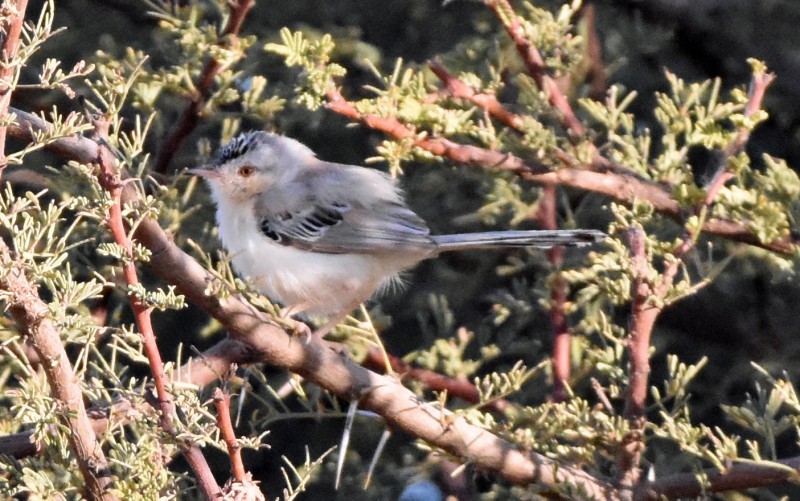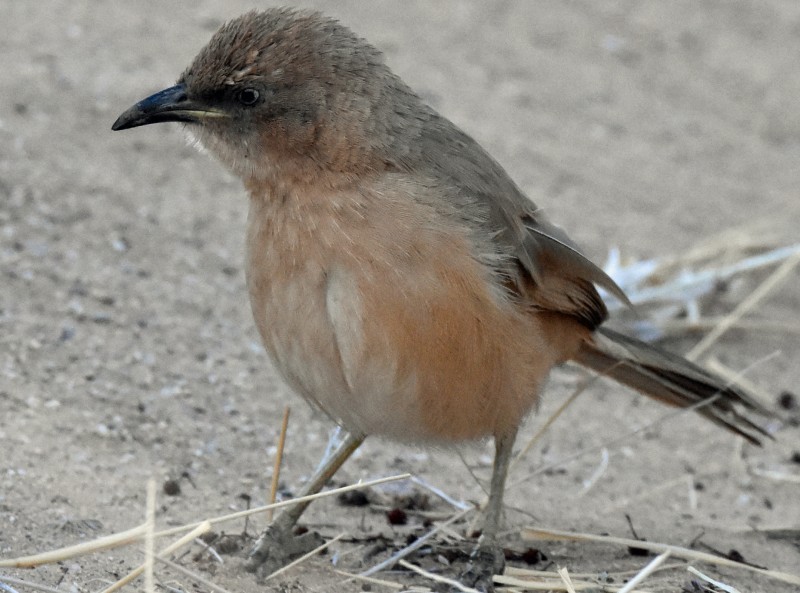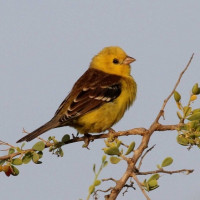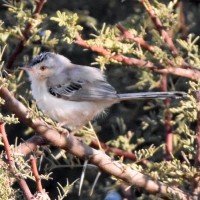Opis
Oued Jenna is a famous location for Golden Nightjar (Caprimulgus eximius), Dunn's Lark (Eremalauda dunni) and the wróbel cytrynowy, as well as the Dlugosterek luskoglowy. Apart from these specials, you can encounter many desert species such as kruk pustynny, Black-crowned Sparrowlark (Eremopterix nigriceps), Fulvous Babbler (Argya fulva), gadożer and Wróbel pustynny.
Since the wadi is north south orientated it forms a highway for migrants between Europe and Sub-Saharan Africa and you can encounter many migrants in the right time such as dymówka, gajówka, wilga (zwyczajna) etc. The birdlist is FAR from complete, since not all species are known by this site yet.
Szczegóły
Dostęp
To get to Oued Jenna you have to drive ~250km from Dakhla towards Aousserd and the same distance back. The road is good, but long and monotonous and there is nothing but desert. No buildings, gas stations, etc. About 30km past Oued Jenna is the village of Aousserd, which is closed to foreigners. The roadblock might be just after or just before the fuel station, so bring enough fuel for the round trip.
Because of a war fought in the area, Western Sahara is notorious for landmines. Be carefull where to walk off road!







